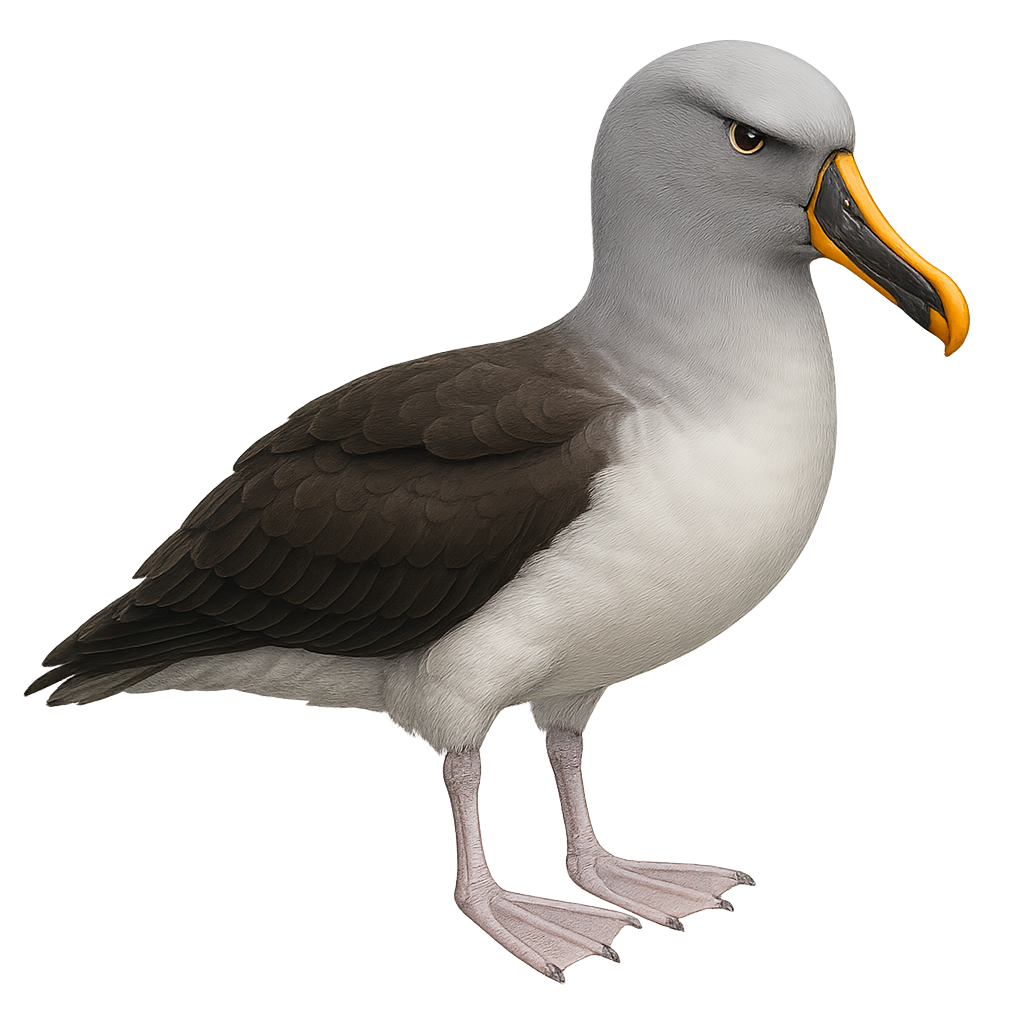Your wildlife photography guide.
Explore the grey-headed albatross in detail, study its behavior, prepare your shots.
Where to observe and photograph the grey-headed albatross in the wild
Learn where and when to spot the grey-headed albatross in the wild, how to identify the species based on distinctive features, and what natural environments it inhabits. The WildlifePhotographer app offers tailored photography tips that reflect the grey-headed albatross’s behavior, helping you capture better wildlife images. Explore the full species profile for key information including description, habitat, active periods, and approach techniques.
Grey-headed Albatross
Scientific name: Thalassarche chrysostoma

IUCN Status: Endangered
Family: DIOMEDEIDAE
Group: Birds
Sensitivity to human approach: Suspicious
Minimum approach distance: 20 m
Courtship display: September to October
Incubation: 67-71 jours
Hatchings: November to December
Habitat:
Oceans, subantarctic islands, cliffs
Activity period :
Primarily active during the day, with peak activity in the morning and late afternoon.
Identification and description:
The Grey-headed Albatross, or Thalassarche chrysostoma, is a majestic seabird known for its grey head and bright yellow bill. It primarily inhabits the southern hemisphere's oceans, favoring cold and temperate waters. This albatross is an excellent glider, using air currents to travel long distances with minimal effort. It feeds mainly on fish, squid, and crustaceans, which it skillfully captures by diving. Breeding occurs on remote islands, where it builds mound-shaped nests. Although sociable at sea, it becomes territorial during the breeding season. Unfortunately, the species is threatened by longline fishing and climate change, which affect its food resources and nesting sites.
Recommended lens:
400mm – adjust based on distance, desired framing (portrait or habitat), and approach conditions.
Photography tips:
To photograph the Grey-headed Albatross, it is advisable to use a telephoto lens of 400mm or more to capture detailed images without disturbing the bird. The best opportunities arise during their gliding flights over the ocean or when they rest on the cliffs of subantarctic islands. Opt for the golden hours of morning or evening to benefit from soft, flattering light. Be patient and discreet, as these birds can be suspicious.
From knowledge to field practice
A species profile helps you understand an animal. In the field, the challenge is often different. Remembering your own observations.
The WildlifePhotographer app allows you to:
• record your personal observations
• note locations, dates, and behaviors
• revisit your field references over time
• build a private and long-term field logbook
The app does not provide observation locations.
It helps you organize what you actually observe, with respect for wildlife.

